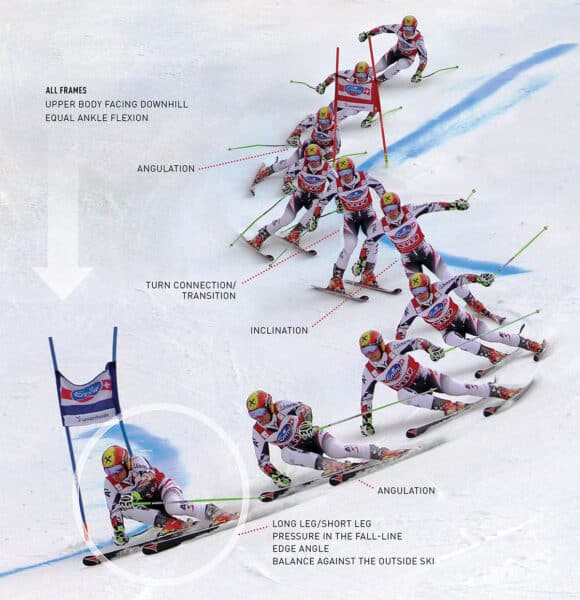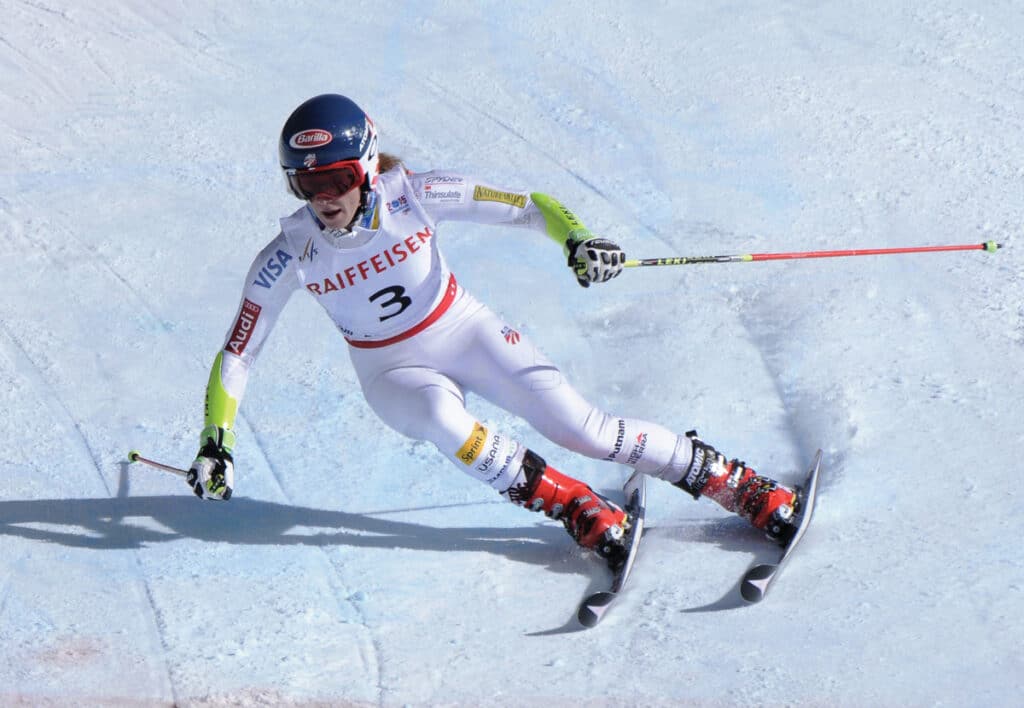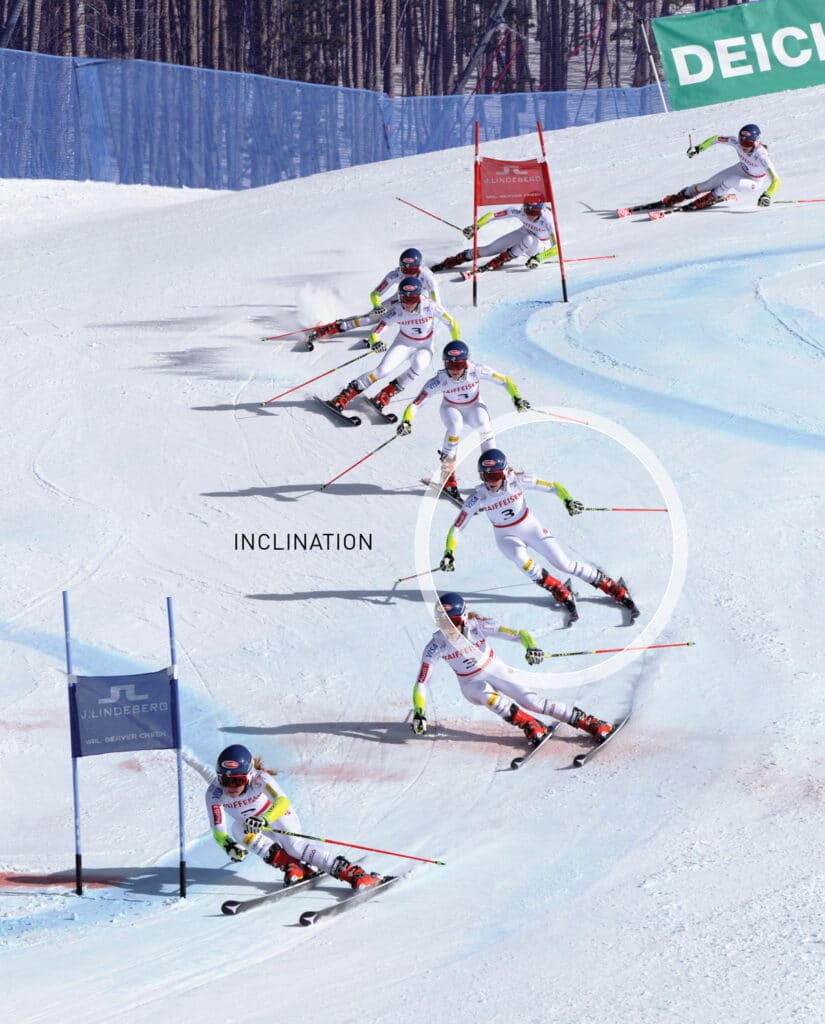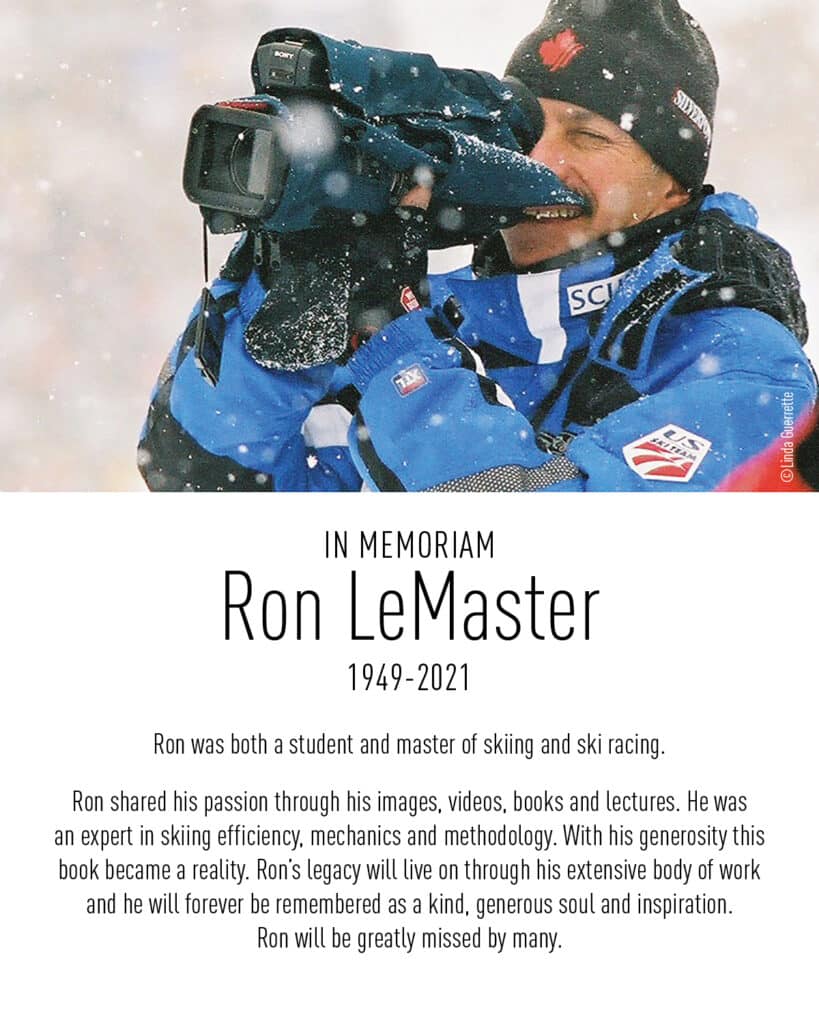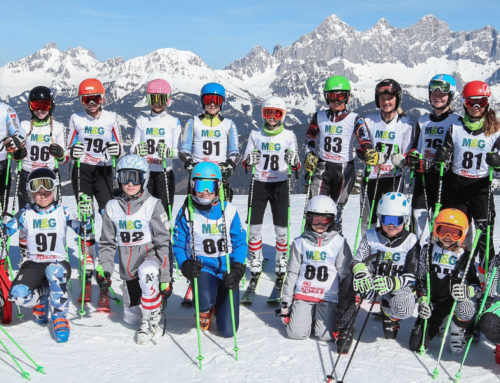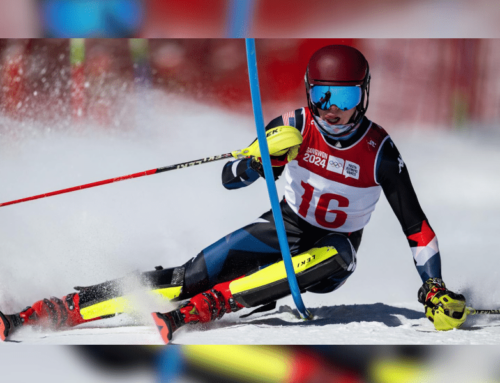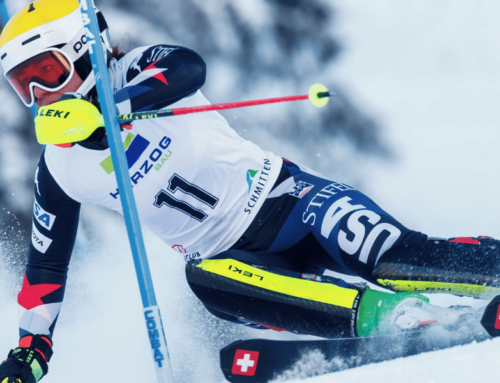Mastering Inclination: How Proper Center of Mass Movement Shapes Turn Performance
The Far West Development Initiative (FWDI), supported by Melissa and Martin Huml, created The Young Skier’s Guide: Fundamentals of Ski Racing to support the development of U14 racers, but fortunately, it benefits all ages. Ron LeMaster’s stunning photos and videos lead the teaching, with Ron Kipp’s text offering valuable support. Ski Racing Media is pleased to publish nine articles highlighting the book’s key concepts. The concept covered in this article is inclination, the fourth in the series.
The Role of Photomontages
The amazing Ron LeMaster photos aim to immerse athletes in the images of ski racers, helping them internalize the technique through their neuromuscular system. Athletes then replicate the “technique” their coaches teach, aligned with these concepts.
The Nine Essential Concepts
- Upper Body Facing Downhill
- Equal Ankle Flexion
- Turn Connection/Transition
- Inclination
- Angulation
- Long Leg/Short Leg
- Pressure in the Fall-Line
- Edge Angle
- Balance Against the Outside Ski
Click on the image to enlarge
Inclination
Explanation:
This initial move is to start a turn before body angles develop (angulation).
What inclination looks like:
A reasonably straight body line tilted inside of the new turn.
Goal:
Movement of the center-of-mass (CoM) facilitates the new edge angles.
How to initiate inclination:
The body’s inclination starts at the boots. The edging is initiated by lateral movement of the ankles and a forward movement of the center-of-mass. The legs and upper body follow.
Amount of CoM movement?
Depending on factors like turn size, speed, or snow surface, the degree of movement is determined by the skier’s expectation of the desired upcoming turn radius.
When to begin the inclination?
When the skier links the turn/connection transition with the start of the upcoming turn.
What inclination is not:
Inclination should not be confused with “banking.” Banking is an undesirable tipping of the body, usually due to an over-rotated turn initiation or a failed attempt to create more edge angles during the later phase of the turn.
Exceptions:
A very straight direction change, such as a flush, requires only a slight lower body movement to create an edge angle and initiate the turn.
What to look for:
Immediately after the transition, the entire body moves into the new turn. Specifically, the movement of the CoM forward and downhill coincides with leg extension.
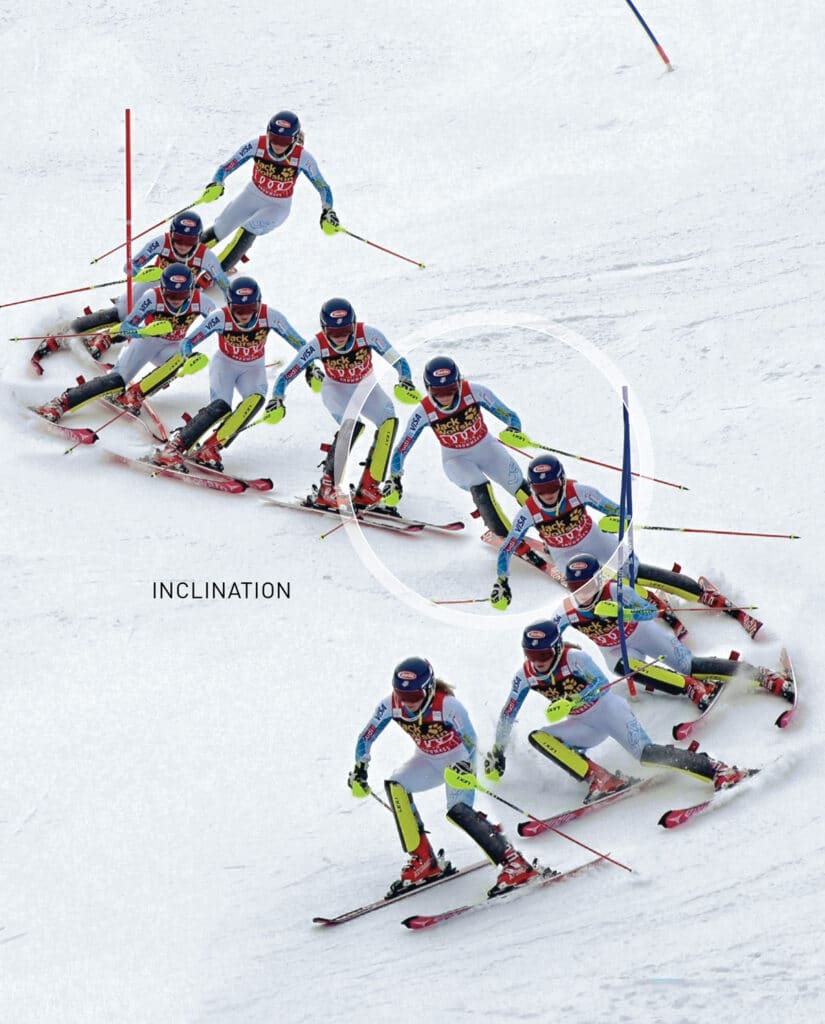

Why to use inclination:
While the coach will see the entire body move, the skier’s CoM movement is essential and defines the new turn’s radius and direction.
What it looks like if not executed correctly:
A rearward stance results in an unbalanced, nonathletic position. To achieve an edge, the skier may try to get to an angulated position too quickly and start the turn with just the hips or knees.
Caution:
Since the goal is to move the center-of-mass to the inside of the upcoming turn, be aware of the “rotary push-off.”This occurs when the skier pushes off the old outside ski to initiate the turn, followed by upper body rotation toward the inside of the turn. This movement is ineffective for several reasons. The skier’s center-of-mass shifts uphill instead of downhill, and the upper body rotation makes it difficult to apply pressure at the optimal point in the turn. Additionally, rotation hinders proper ski edge engagement and control.
Their CoM must take a longer line, making achieving the desired edge angle more difficult.
Synonyms:
Toppling, Crossing over, Banking (used incorrectly, banking results from leaning).
Drills:
1000 steps during a turn, White Pass turn, One-ski skiing, Patience turns, Javelin to reverse javelin, Inside ski tip down heel up.
Talking points or cues:
“Move downhill,” “Fall into the turn.” “Release old outside ski with foot and/or knee,” “Dive in the lake,” “Imagine a rubber band pulling the CoM to the center of the new turn.”
